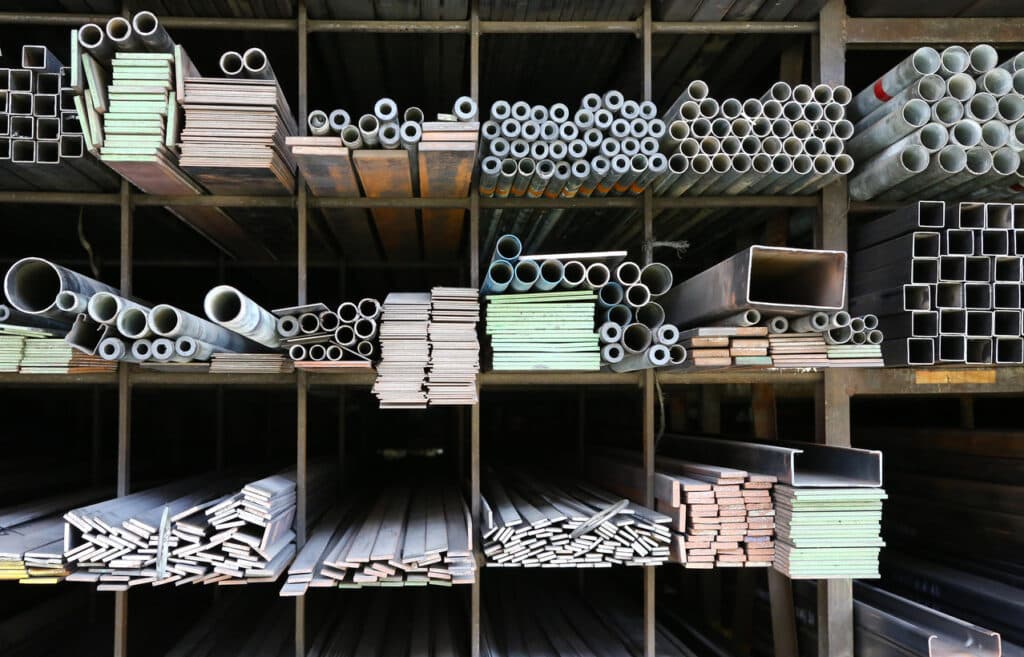
- Massive Range
- FREE UK Delivery
- Rapid Dispatch
- Massive Range
- FREE UK Delivery
- Rapid Dispatch
- Massive Range
- FREE UK Delivery
- Rapid Dispatch
Home » Diamond vs Checker Plate: Which Provides Better Slip Resistance?
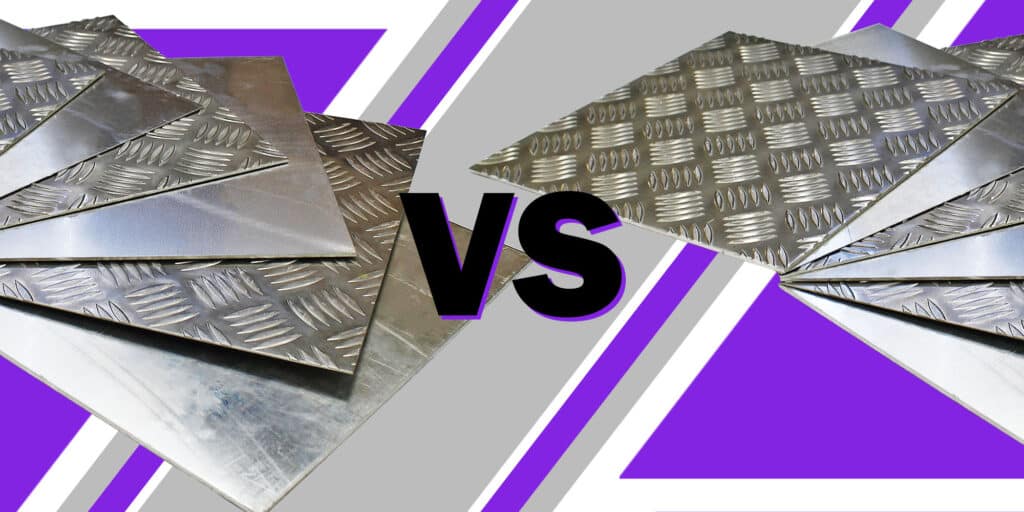
In selecting a floor plate for industrial applications, slip resistance is a paramount consideration.
There are two types of slip-resistant plates that are commonly used in various industrial settings: diamond plates and checker plates. They both have unique advantages, but deciding which is better for specific conditions is often a matter of understanding which provides greater slip resistance.
This comprehensive comparison aims to delve deep into the features of diamond vs checker plate, helping you make an informed decision based on your safety requirements.
Before comparing their slip-resistant qualities, it’s essential to understand what each type of plate offers:
Diamond plates are also known as tread plates or durbar floor plates as they feature a pattern of raised diamonds on one side of the plate. There is usually a small diamond on the surface of the shoe, which provides a better grip and reduces the risk of slipping. In most cases, this plate is made of aluminium, steel, or stainless steel, which makes it both lightweight and durable. Among the many industries that use it, including transportation, construction, and manufacturing, it is commonly used in flooring, stairs, and catwalks.
There are raised squares on checker plates, which are often referred to as checkers, that are evenly spaced across the surface of the plate, forming a pattern. In addition to diamond plate, this type of material is also often made of metals such as aluminium, steel, and stainless steel. Featuring raised squares that provide traction underfoot, checker plate is another popular choice for industrial and commercial flooring solutions due to the raised squares that provide traction underfoot.
There is a primary factor that determines the slip resistance of these plates and this is their surface pattern. In conditions where water or lubricants are present, the raised diamonds and checkers create an extra surface area, which can help prevent slips and falls by improving foot traction, especially in conditions where moisture or lubricants are present.
There is no doubt that the diamond pattern is particularly effective in providing multidirectional slip resistance. The reason for this is the fact that the diamonds create multiple angles of ridge edges regardless of the direction from which they are approached. As a result of this feature, it is particularly helpful in high-traffic areas where there is a high volume of directional changes.
Checker plate, with its larger pattern size compared to diamond plate, offers excellent slip resistance when conditions are dry. However, its performance can diminish slightly in wet or oily environments because the larger flat areas between the checkers can become slippery.
If you want to enhance the slip-resistant properties of either type of plate, they can be treated or coated to enhance their properties. In wet conditions, it is possible to increase the efficiency of both diamond and checker plates by applying a non-slip coating.
Selecting the right type of plate often depends on the specific environment and the nature of use.
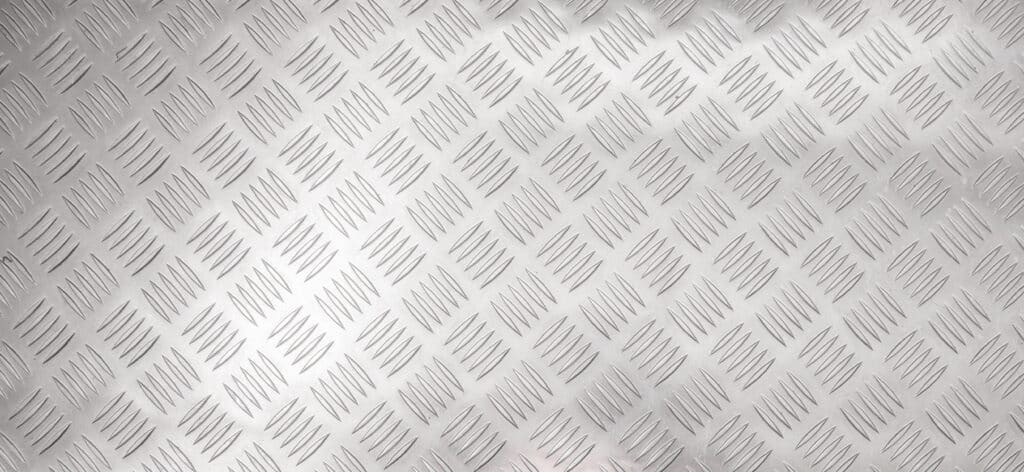
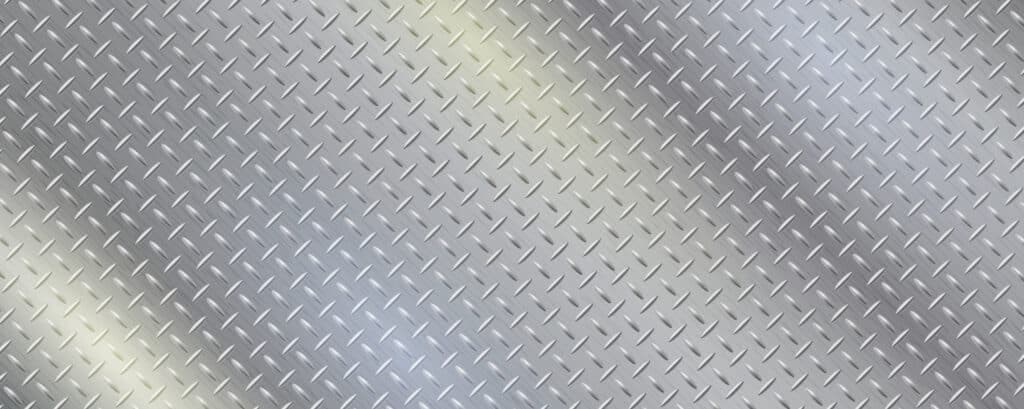
When it comes to choosing between diamond plate and checker plate, it is important to take safety standards into account when making the decision. Different regulations might dictate the minimum requirements for floor plates in certain settings, emphasizing the importance of slip resistance when it comes to floor plates.
Although the primary focus of this comparison is on safety, aesthetics and cost also have a significant role to play in the decision making process. A diamond plate is typically regarded as having a more industrial look, whereas a checker plate can be regarded as having a bit more of a decorative aspect.
In general, the cost of constructing a steel structure varies depending on the material and thickness of the material, with steel generally being more expensive than aluminium because of its durability and load-bearing capabilities.
Here’s a table listing the pros and cons of diamond vs checker plates to help you compare their attributes more clearly:
| Feature | Diamond Plate Pros | Diamond Plate Cons | Checker Plate Pros | Checker Plate Cons |
|---|---|---|---|---|
| Slip Resistance | High multidirectional slip resistance | Can be slippery when wet without proper treatment | Good slip resistance in dry conditions | Reduced effectiveness in wet or oily conditions |
| Material Options | Available in aluminium, steel, stainless steel | Heavier steel versions can be difficult to handle | Available in aluminium, steel, stainless steel | Heavier steel versions can be difficult to handle |
| Durability | Highly durable, especially in steel versions | Aluminium versions may dent under heavy loads | Highly durable, especially in steel versions | Aluminium versions may dent under heavy loads |
| Weight | Lighter aluminium options available | Steel versions are heavy | Lighter aluminium options available | Steel versions are heavy |
| Corrosion Resistance | Aluminium naturally resists corrosion | Steel needs to be treated to prevent corrosion | Aluminium naturally resists corrosion | Steel needs to be treated to prevent corrosion |
| Aesthetic | Industrial look, less decorative | Limited decorative options | Slightly more decorative with larger checkers | Limited decorative options |
| Cost | Generally cost-effective | Premium materials like stainless steel are expensive | Generally cost-effective | Premium materials like stainless steel are expensive |
| Installation | Easy to install due to lighter weight options | Heavy steel plates require more effort to install | Easy to install due to lighter weight options | Heavy steel plates require more effort to install |
In terms of slip resistance, diamonds or checker plates are chosen based on specific use cases. Since diamond plate has a multidirectional pattern, it provides superior slip resistance in a variety of conditions, making it a versatile and safe choice for a variety of industrial applications.
Checker plate, while slightly less effective in wet or oily conditions, still provides excellent slip resistance and may be preferable for certain environments due to its aesthetic value or load-bearing capabilities.
Slip-resistant plates are crucial for maintaining safety in industrial and commercial settings. If you understand the unique properties and benefits of diamond and checker plates, you can make an informed decision.
As always, thank you for checking out our blog. We hope that this helps you with your project.
Please also check out the other articles in our helpful guide series. We have written about painting aluminium and maintaining stainless steel recently to name but two of our articles.
We are also proud to sell this product on our highly popular eBay store, check us out there too.
If you have any further questions, feel free to contact us.

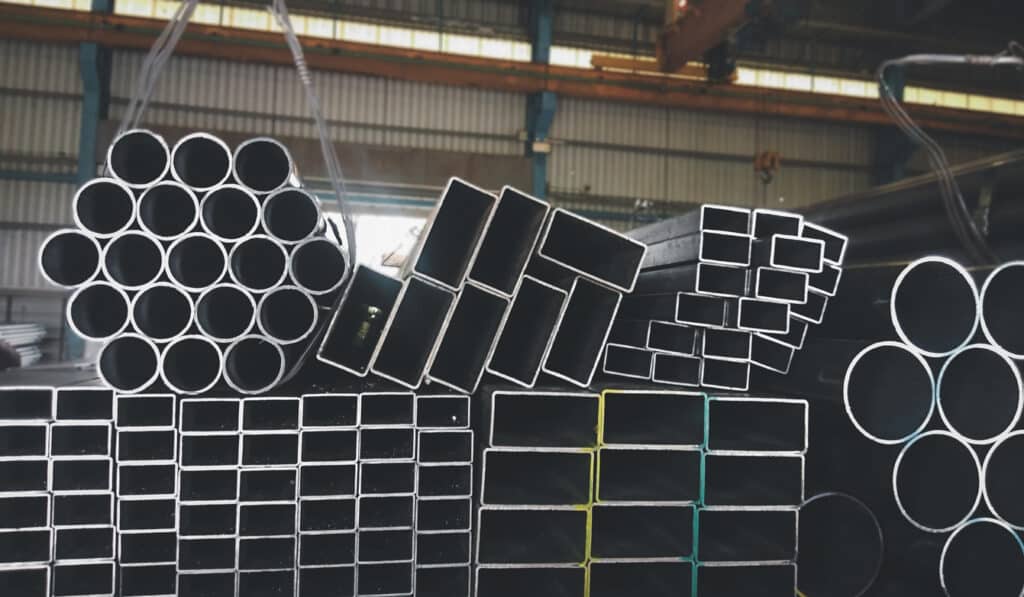
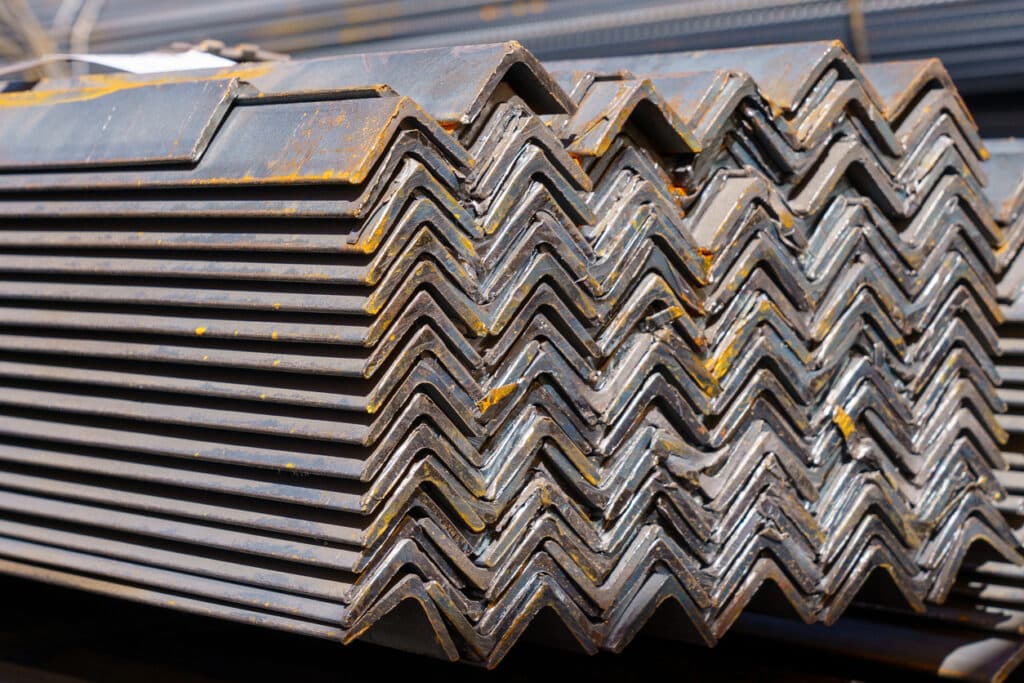
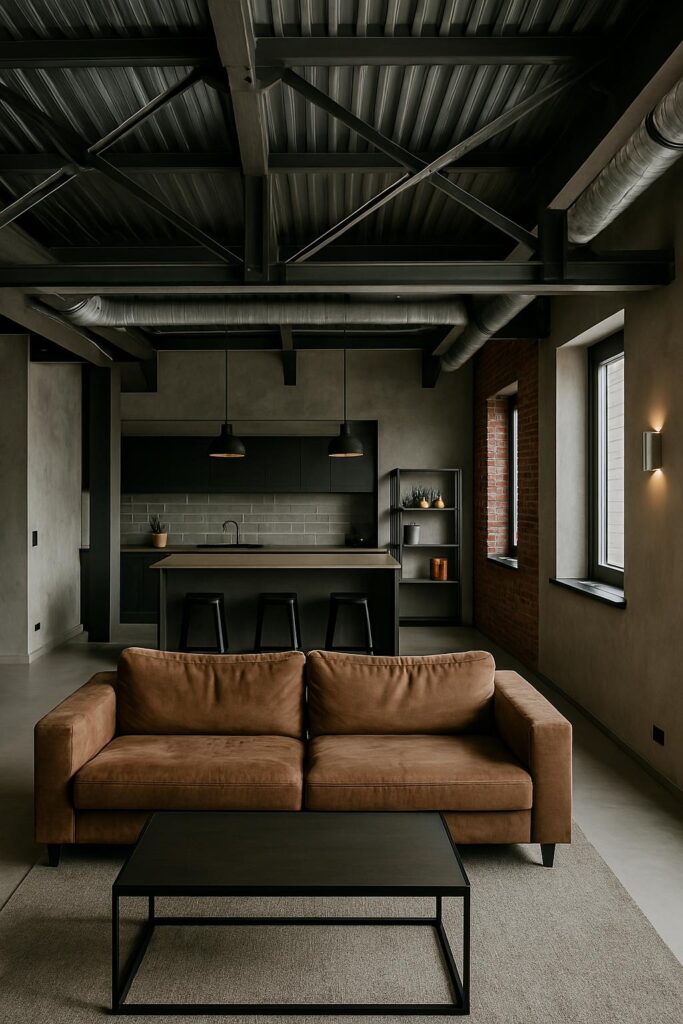
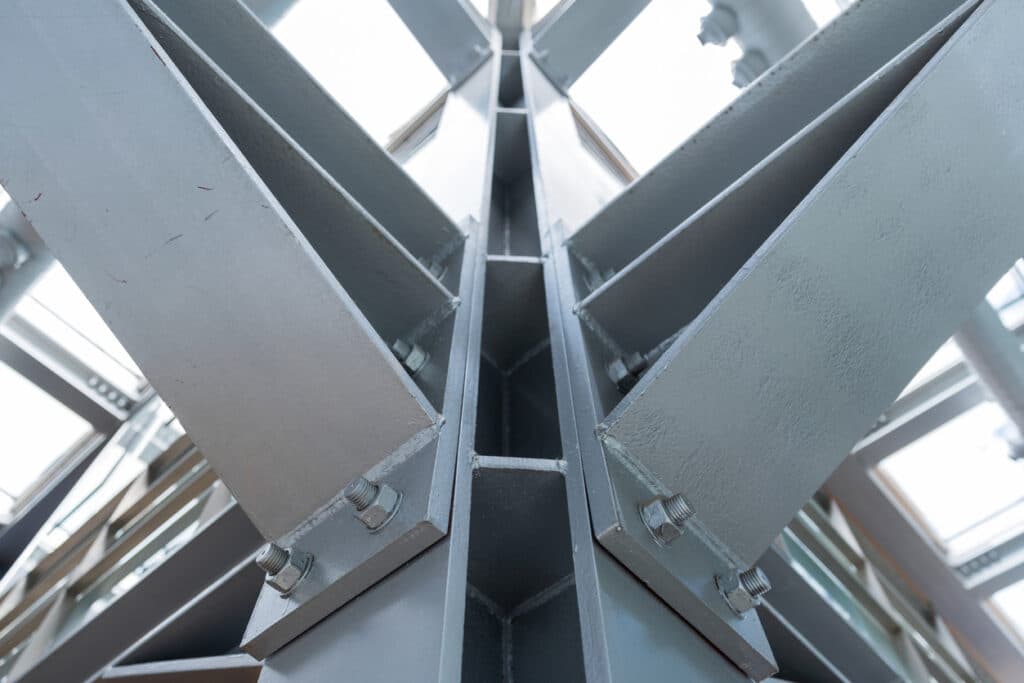
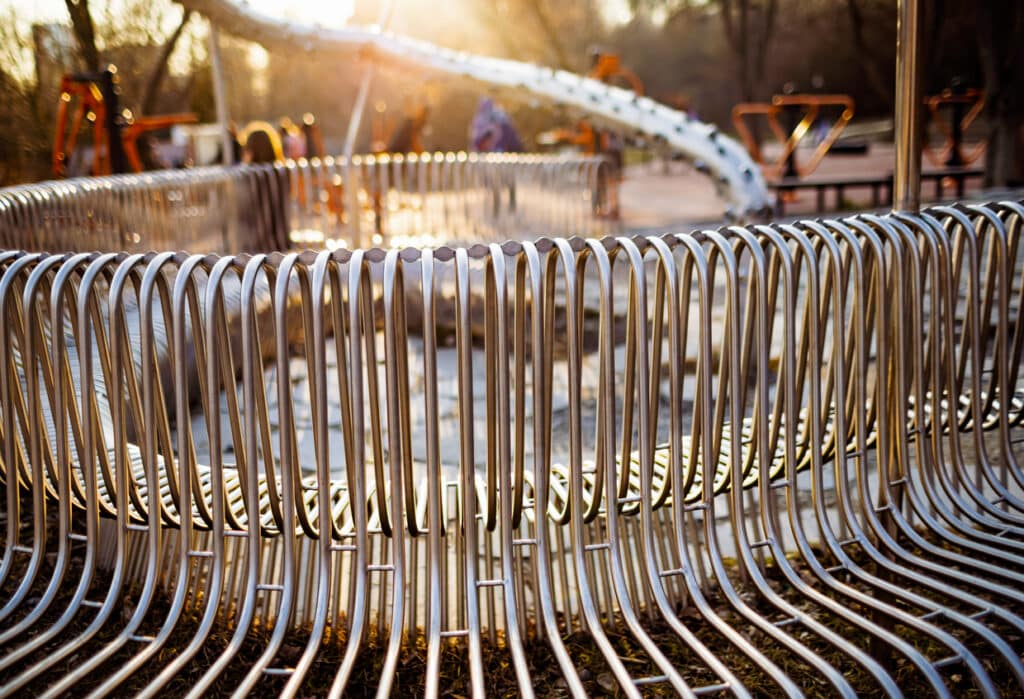
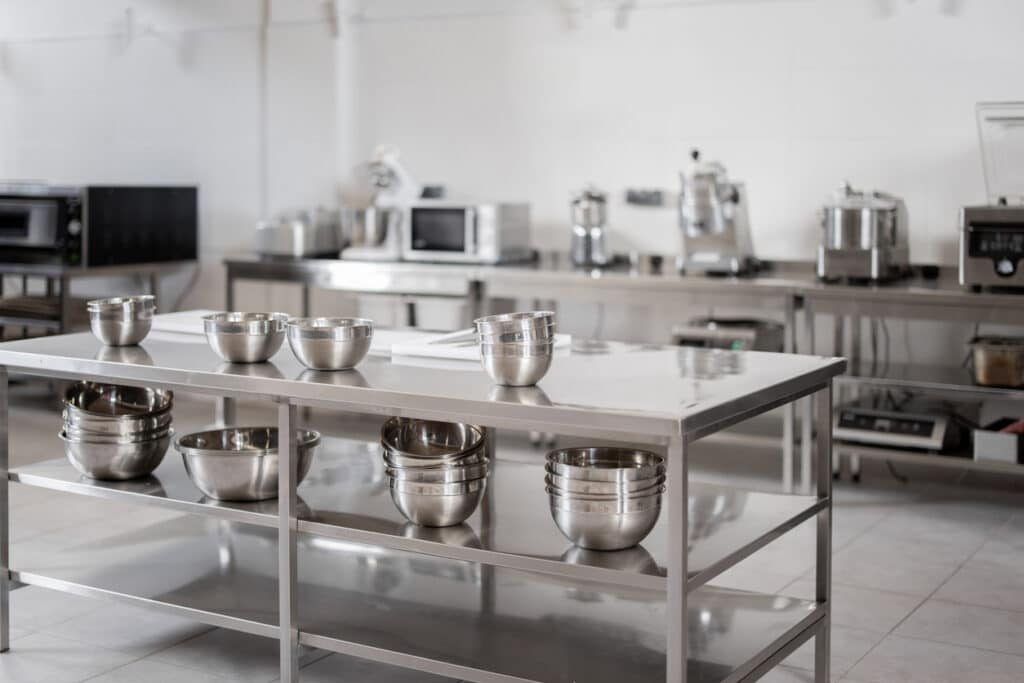
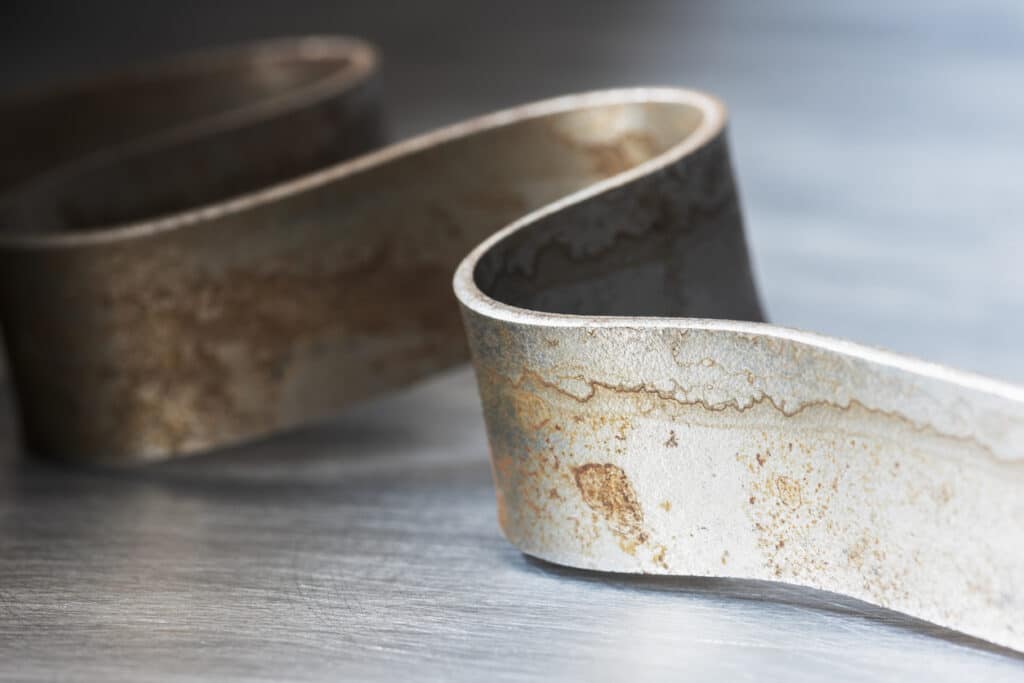
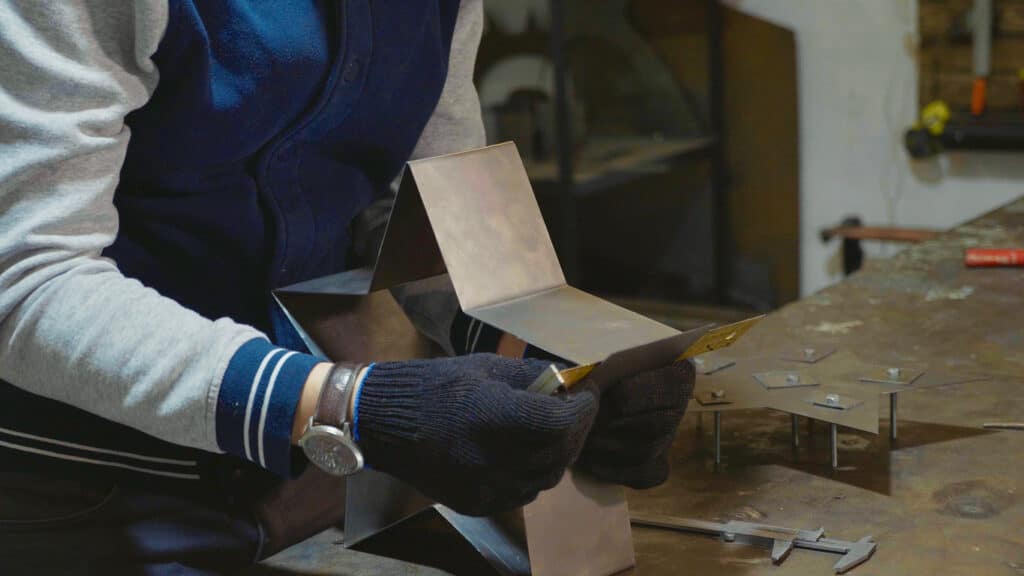
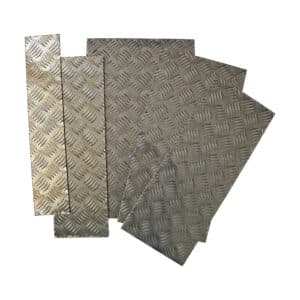
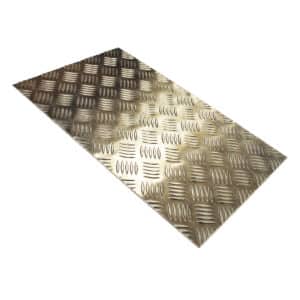
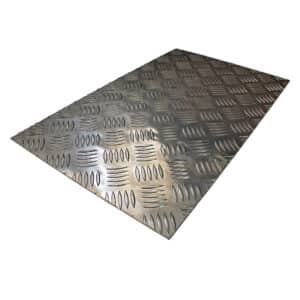
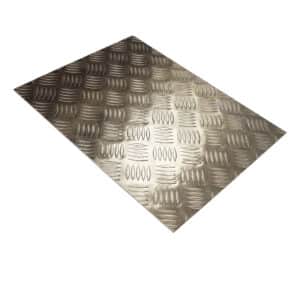
Speciality Metals
Unit 1, Farrell Street, Warrington,
Cheshire, WA1 2WW, United Kingdom
Quick Links
Payment Options
